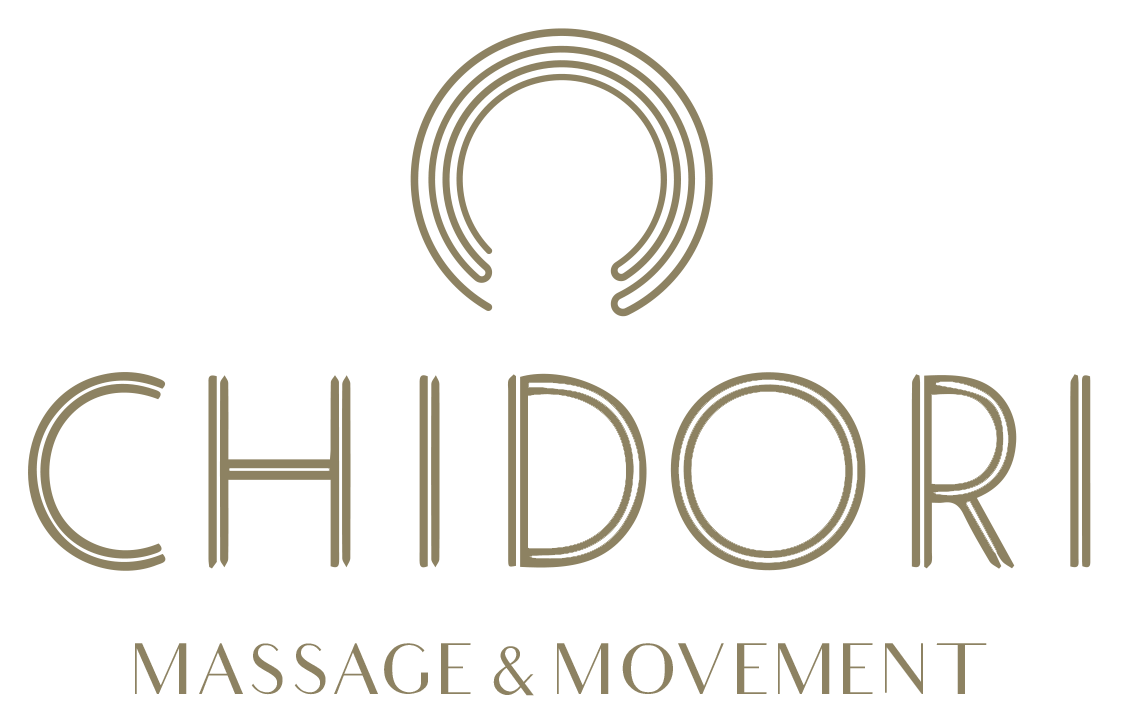Must Read Health & Bodywork Books
I spend a lot of time reading health and athletic books, both for pleasure and work. Usually the books I find are related directly to my interests in massage therapy or bodywork but - as any booklover will tell you - one book inevitably leads to another. Occasionally you find yourself far from your original Dewey Decimal shelf, happily wandering unfamiliar titles and subjects...
Here are the top 5 books I’m diggin’ on currently:
Your Spine, Your Yoga - Bernie Clark
Best for: All movement students and practitioners, but especially those that want to know WHY things are the way they are.
Time Commitment: *Moderate* One or two months.
This whole series of books is excellent, but Clark’s Your Spine, Your Yoga book is a must have for anyone that is serious about movement therapies. Dense, but not overloaded with technical jargon or concepts, this information-packed book will answer any questions you ever had about the spine and all it can (or can’t) do. Clark breaks down everything from stability and load forces on your sacrum to best practices for safely increasing range of motion in your cervicals, and while he writes from a yogi perspective the research in this book is easily applicable to fitness students of all kinds. His discussion of the effects of common variations in human bone shapes should be required reading for all fitness and body therapists. I re-read this book a lot to refresh my memory and am constantly finding new pieces of information to integrate into my practice.
Running Rewired - Jay Dicharry
Best for: The established miler and the run-curious.
Time Commitment: *Light* One weekend.
Dicharry breaks down modern running fitness theory into simple to understand chapters and language. The book is chock full of visual aids and easy to follow exercise suggestions to improve your running form and increase your mileage fun. I especially appreciated his explanations for spring and load forces traveling all the way from your feet to your upper torso, which make a crystal clear case for why cross-training is vitally important for athletes of all types. As someone that struggles with a lack of spring, I’ve mixed several of his drills into my gym routine to great result.
Bones, Bodies, & Disease - Calvin Wells
Best for: Body geeks and history nerds.
Time Commitment: *Light* One weekend.
If you’re interested in the human animal on any level, this book from the 60’s shouldn’t be skipped. Wells reads like a conversation with your favorite professor, walking you through evidence and speculation of what ailed our ancient ancestors around the globe. How common was heart disease and down syndrome? How successful were prehistoric doctors in mending fractures or trepanning the skull? Was Ramses IV going bald? The book isn’t meant to answer every question, of course, nor to bore the reader with minute details of scientific evidence. Wells does an excellent job of keeping potentially dry information accessible to all readers, while sprinkling his own anecdotes and humor throughout. It would be fascinating if they updated this book for the modern day, as I’m sure many of his unanswered questions have been further researched with more advanced technology.
Move Your DNA - Katy Bowman
Best for: Fitness enthusiasts and anyone trying to figure out why their body hurts.
Time Commitment: *Moderate* One month.
I stumbled across Bowman while researching natural foot health. She’s been advocating for a change in the way we view health and fitness for years now, and damn if she doesn’t make a good case for it. She proposes that we view movement and athleticism too narrowly (i.e. - as only when we jog, lift weights, go hiking, etc), and that by doing so we ignore a multitude of other ways we can stay healthy and keep active (during the other 90% of our day). Her argument is simple, the solutions she proposes are uncomplicated, and her writing style is for the layman (though this is still an information-heavy book). This expanded edition has workout suggestions, but the meat of her book is aimed at getting you to change your perspective on “exercise” and to get you seeing opportunities for movement throughout your day. I love recommending this book to some of my older clients, as it spells out ways to stay active even if they can’t do all the activities they used to.
The Wisdom of Insecurity - Alan Watts
Best for: Anyone that sits in their head too much.
Time Commitment: *Light* One or two weekends.
Written in the 50s but no less applicable to today’s reader, Watts addresses our human proclivity for anxiety, worry, and feelings of insecurity. I found this book to be beautifully written and the lines of thought he proposed both resonant and captivating. While a quick read, it’s a book to come back to again and again as you grow and your perspective on the world grows with you.





